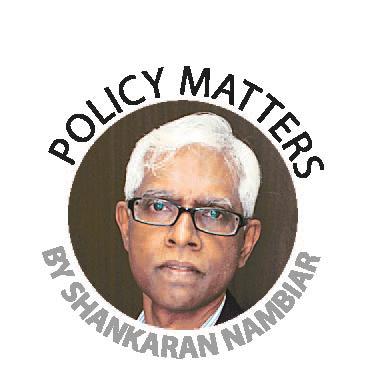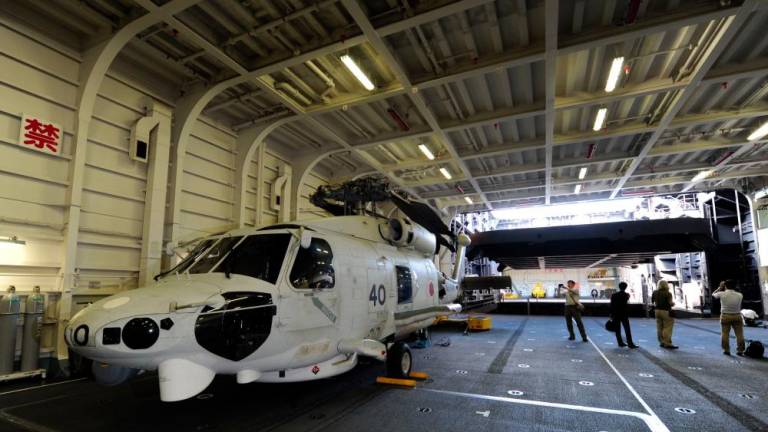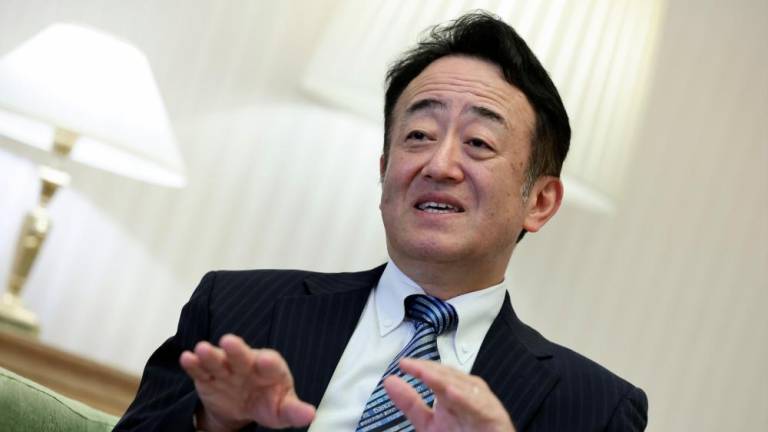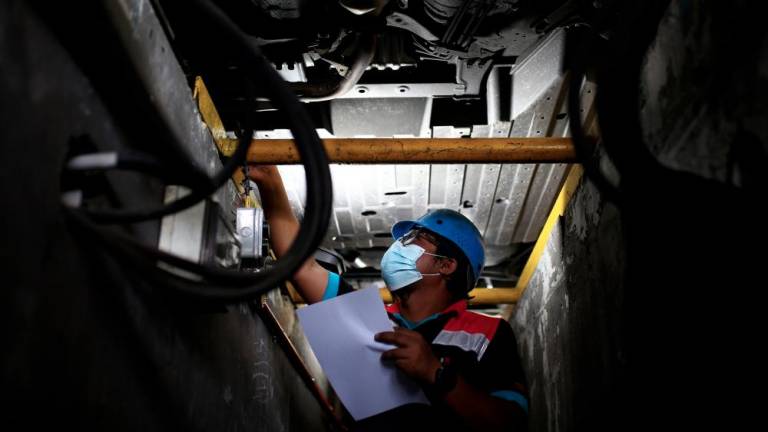THE current climate of trade and investment offers fresh challenges to Malaysia. The trade figures for Malaysia are in some ways encouraging. Exports grew 3.1% on a year-on-year basis and imports by 1% in January, 2019. Malaysia’s total trade is projected to grow by 5% in 2019 in the minister for international trade’s view. This would be a decline from 5.9% in 2018.
The Ministry of Finance’s Economic Outlook 2019 has a more modest forecast, setting the country’s export growth at 3.9%. Encouraging as these figures are, the total trade figures present a different picture. In 2000, total trade as a percentage of GDP was at about 200%; in 2017 it stood at 135%.
If total trade (exports plus imports) as a percentage of GDP is taken as an indicator of trade openness, one interpretation would be that Malaysia’s participation in global markets is steadily tumbling.
Obviously, the dip in total trade to GDP is not a good thing.
There is a long-term fall in Malaysia’s trade openness. This is unfavourable for a country that depends a great deal on trade and investment.
In absolute terms, and taken out of the longer-term context, Malaysia’s trade figures are doing well because it appears that our export numbers will hit the RM1 trillion mark this year.
But within the context of the overall decline in trade openness, we could be running into a problem.
Nobody expects an exponentially increasing trend line. But a marked decline could mean that we are running slow on our export penetration into global markets.
The slowdown could also be because we have not solved the dilemma of being neither a cheap-labour nor a technology-rich economy.
The problem is despite having identified that we do not have a comparative advantage in labour that is cheap, we are engaged in many economic activities that demand cheap labour. The oil palm sector is one such example.
Neither do we have a comparative advantage in high-tech industries. For that matter even our ICT workers are not at the cutting edge.
We have long realised that Malaysia needs to move up the knowledge chain and to establish itself as a knowledge-based economy. This was identified as a problem and a master plan launched in 2002 to address the issue.
To date Malaysia has not established itself as a high-tech centre with highly skilled technology despite attempts to attract such investment.
Minister Datuk Darell Leiking is reported to have stated that we “saw success in 2018 by growing our exports to emerging markets such as Bangladesh, Peru, Papua New Guinea, Djibouti and Tunisia.”
It is commendable that Malaysia’s exports have done well in a number of countries. But the type of products exported may not be of the variety that could tap into the wider global market.
Without meaning to discount the success that we have achieved by tapping into developing countries, the goal should be to establish a brand name for Malaysian products that has a wider appeal even in developed countries.
The target, as far as Malaysia’s exports go, is to achieve a niche in goods that have high value added and that are high in technical sophistication.
As far as free trade agreements go, Malaysia has signed all the right agreements. It is within the RCEP process and has to take a decision on whether or not to ratify the CPTPP.
Malaysia can take advantage of existing and forthcoming FTAs only if it has the right resources and capabilities. The more technically sophisticated Malaysia’s exports are, and the more skilled labour Malaysia possesses, the more convenient it would be to leverage on trade agreements.
Trade openness means a lot to Malaysia and we need to make sure we do not lose our momentum in export competitiveness.
Shankaran Nambiar is a senior research fellow at the Malaysian Institute of Economic Research and author of the newly released book, Malaysia: An Economy at the Edge of Transformation.














